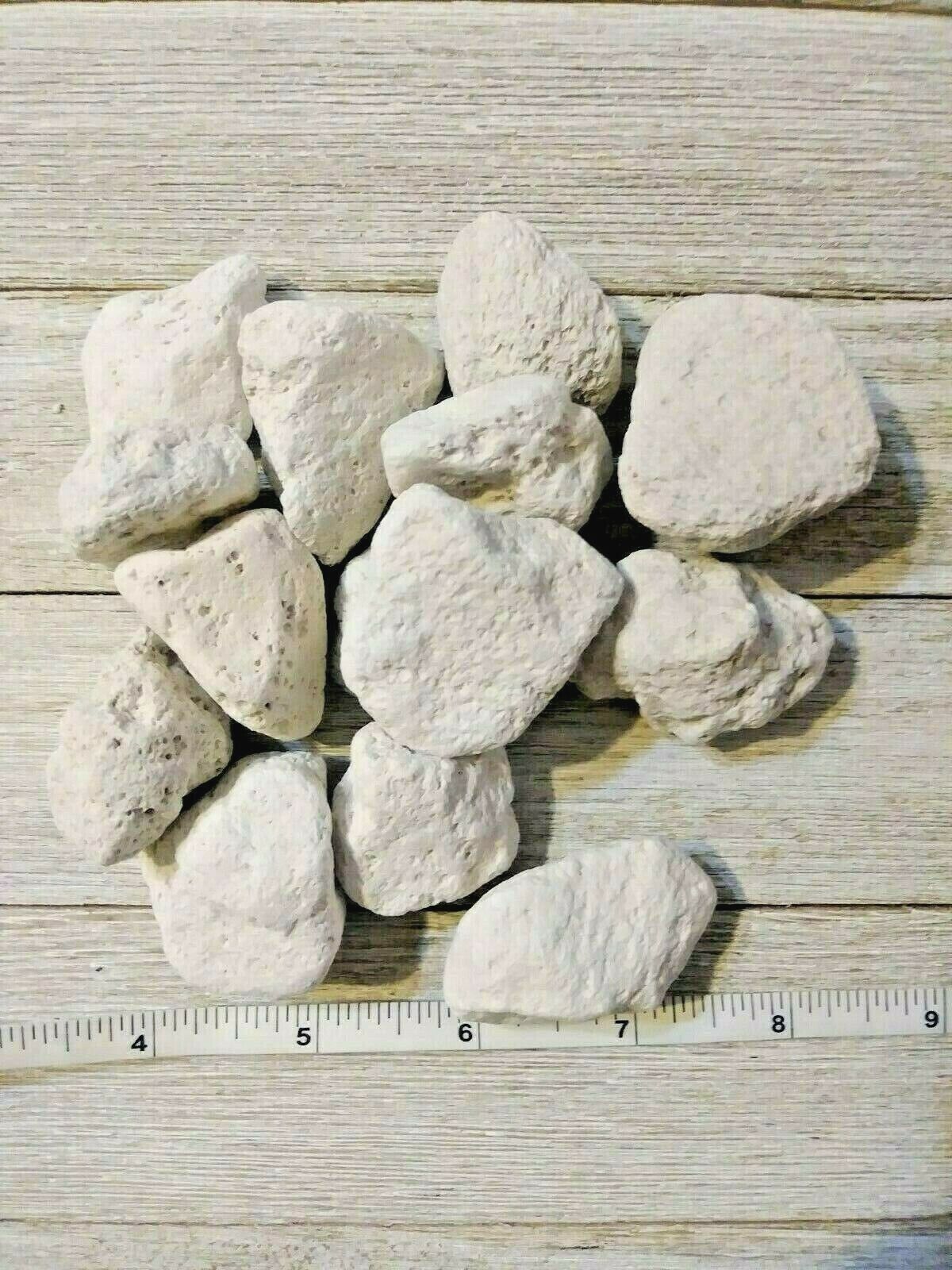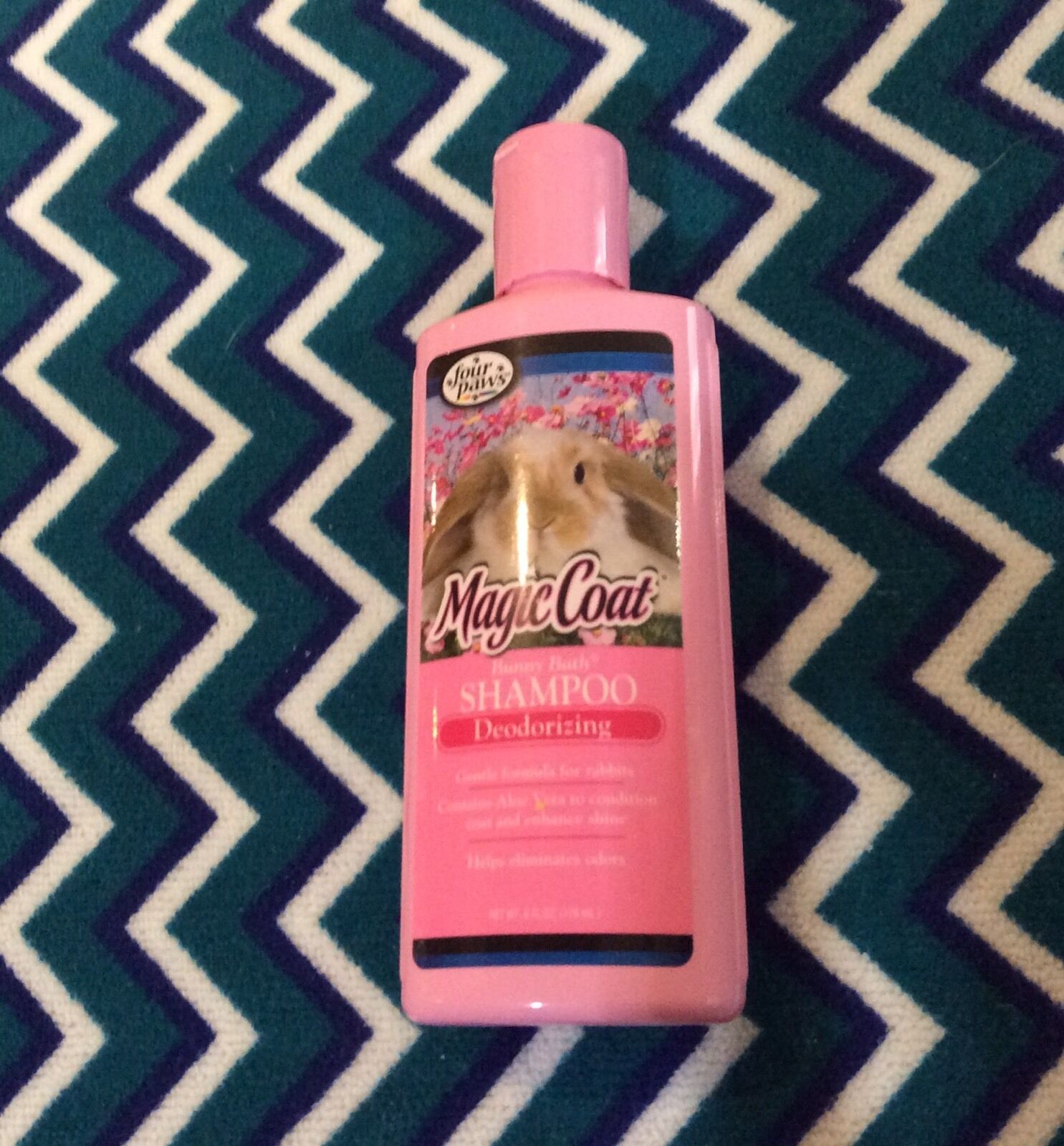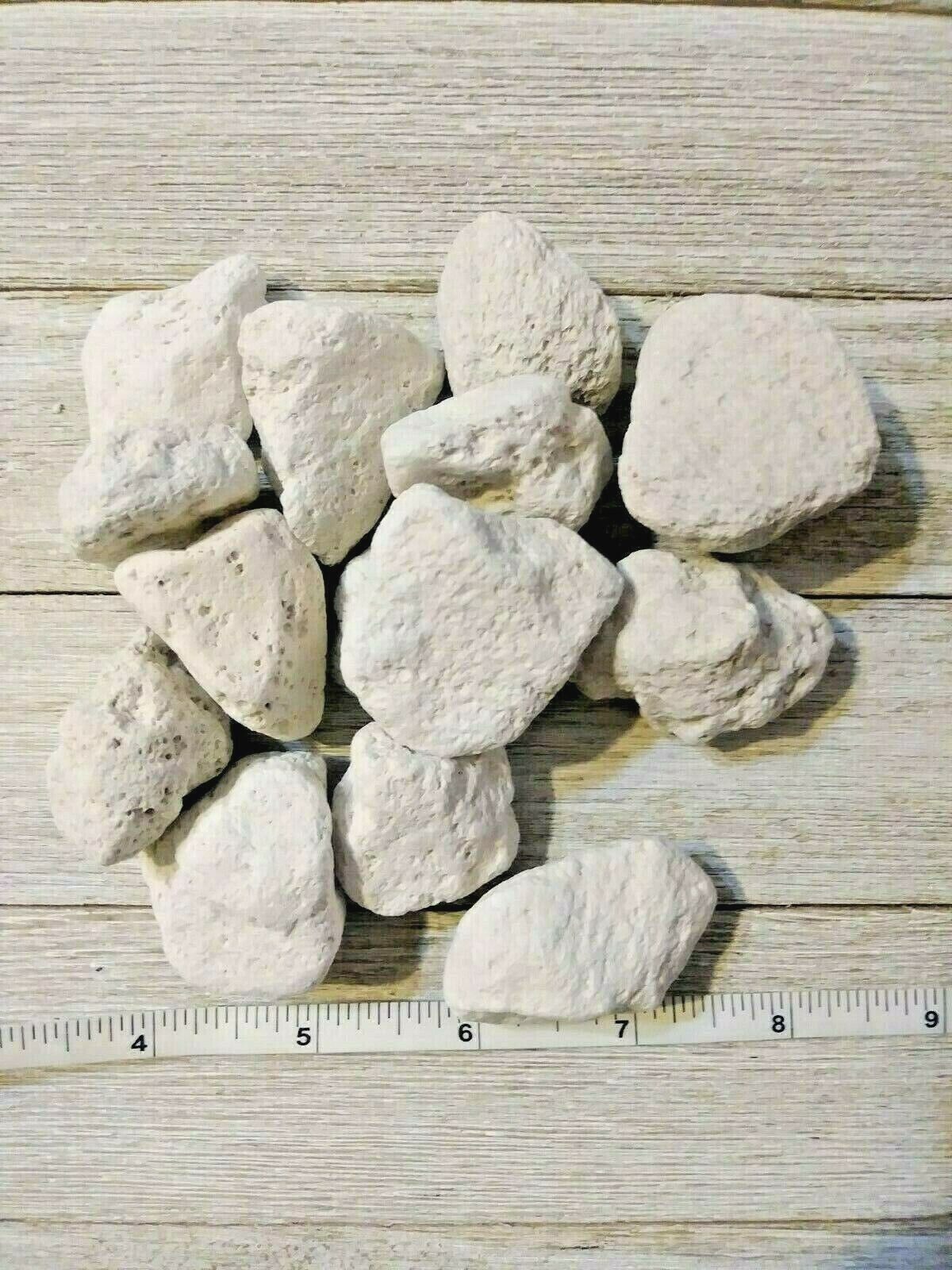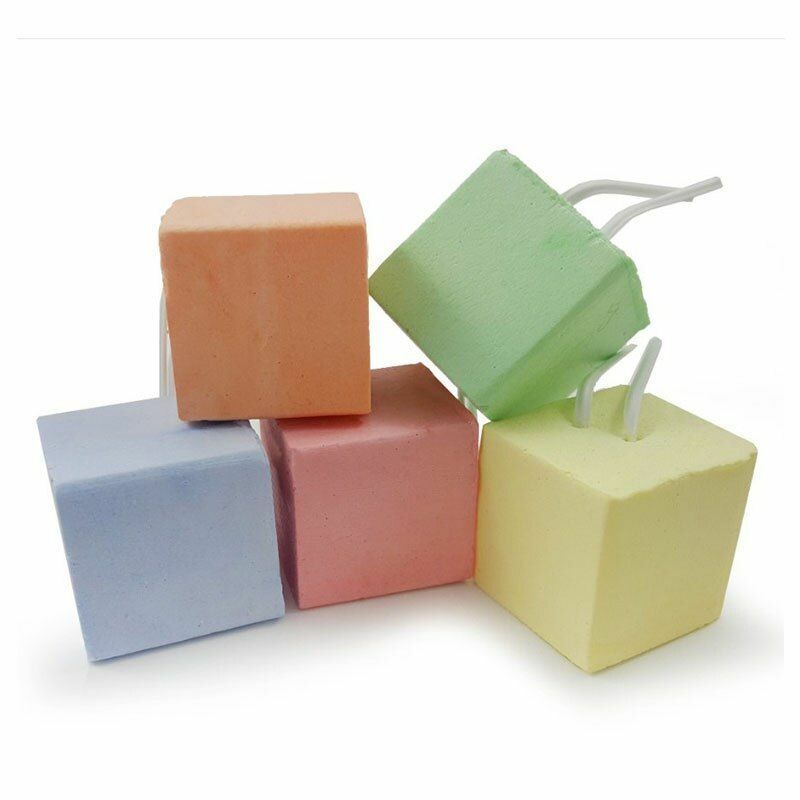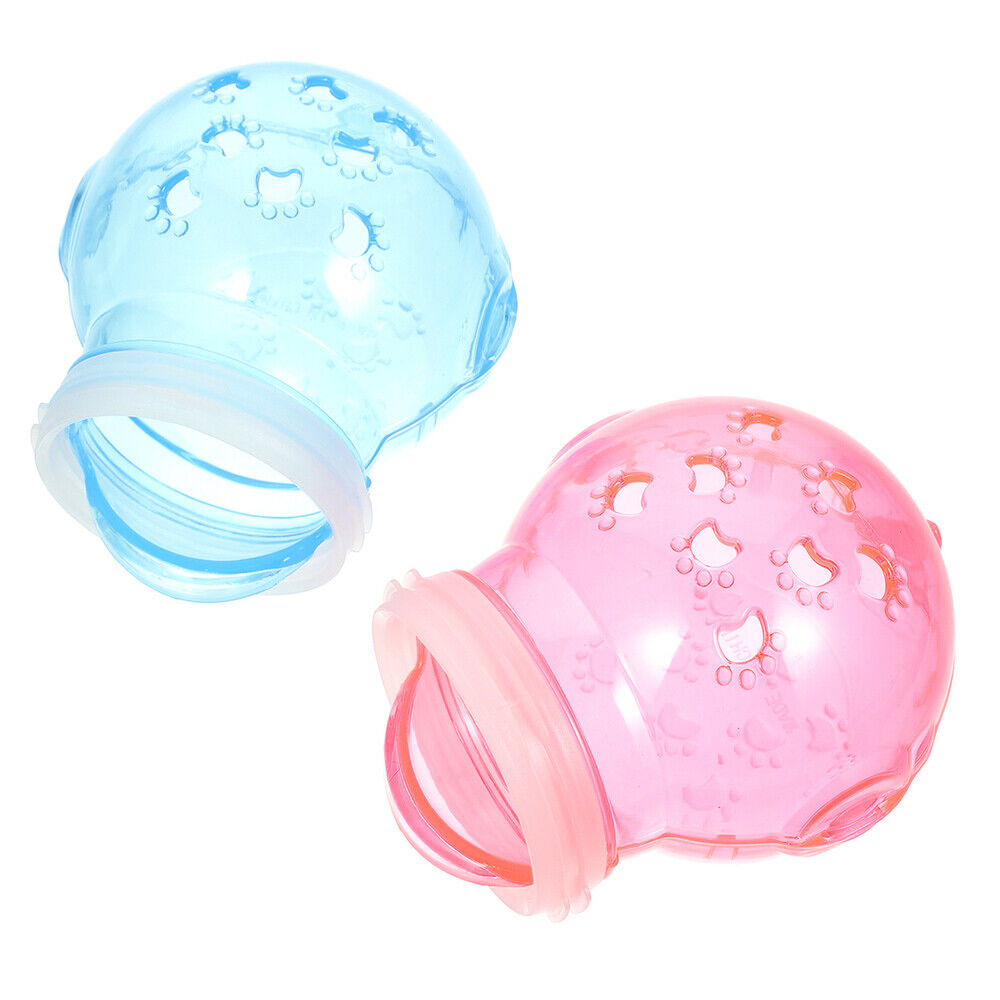-40%
Chlorpheniramine Maleate 4mg, 100 Tablets
$ 3.04
- Description
- Size Guide
Description
Chlorpheniramine MaleateChlorpheniramine Maleate Anti-allergy Tablets
have several important effects and thus several uses. Most obviously, this medication is an antihistamine and it is used for acute inflammatory and allergic conditions such as:
Snake bites
Vaccination reactions
Blood transfusion reactions
Bee stings and insect bites
Chlorpheniramine maleate is frequently included in antihistamine trials for allergic skin disease. It is not one of the more effective antihistamines in dogs but is one of the most reliably effective antihistamines in the cat (in one study 73% of itchy cats responded). Its availability and inexpensiveness make it worth trying in many cases.
Mast cell tumors are tumors involving cells that contain granules of histamine. Patients with mast cell tumors experience chronic inflammatory symptoms due to circulating histamine. Antihistamines such as chlorpheniramine maleate may be helpful given long term.
Chlorpheniramine maleate has a strong anti-nausea side effect, which makes it helpful in treating motion sickness.
Chlorpheniramine maleate causes drowsiness in animals just as it does in people and can be used as a mild tranquilizer. Some argue that it is the drowsiness side effect that makes this medication appear to be helpful in itch management (
i.e.,
patients scratch less because they are sleeping more.)
Convenient dosing makes it a common choice in the cat. It is often used in the management of feline asthma though its effectiveness in this condition is controversial.
Chlorpheniramine maleate is typically administered 2 to 3 times daily.
BACKGROUND
Histamine is an inflammatory biochemical that causes skin redness, swelling, pain, increased heart rate, and blood pressure drop when it binds to one of many H1 receptors throughout the body. Histamine is a very important mediator of allergy in humans, hence a spectacular array of different antihistamines has proliferated. Histamine, perhaps unfortunately, is not as important a mediator of inflammation in pets which means results of antihistamine therapy are not as reliable in pets.
SIDE EFFECTS
With so many possible uses of this medication, it is difficult to separate out a side effect from a primary effect. Drowsiness is generally regarded as an undesirable side effect.
At doses higher than the recommended dose, human patients complain of dry mouth and experience difficulty with urination. Animal patients experiencing dry mouth may drink more water.
Chlorpheniramine maleate is famous for bitter taste. Often the pet (especially cats) will tolerate the medication for a period of time but ultimately refuse to take it or even show salivation in response to administration. In such cases, it may be best to try a different medication.
INTERACTIONS WITH OTHER MEDICATIONS
In the treatment of allergic skin disease, antihistamines are felt to synergize with omega 3 fatty acid supplements and, as a general rule for this condition, it is best to use these medications together.
Chlorpheniramine maleate should not be used with additional tranquilizing medications.
This antihistamine is used in an assortment of human products where it is combined with pain relievers and antihistamines. These combination products should not be used in animals.
CONCERNS AND CAUTIONS
When using an antihistamine to prevent an allergic reaction (such as a vaccine reaction) the antihistamine works best when given prior to the allergen.
This medication will interfere with allergic skin testing. Check with your veterinary dermatologist regarding how far in advance this medication should be withheld.
Contraindications:
hypersensitivity. Caution: narrow angle glaucoma, hypertension, GI or urinary obstruction, hypertension, hyperthyroidism, cardiovascular disease
Reproductive/Nursing Safety
In humans, the FDA categorizes this drug as category B for use during pregnancy (Animal studies have not yet demonstrated risk to the fetus, but there are no adequate studies in pregnant women; or animal studies have shown an adverse effect, but adequate studies in pregnant women have not demonstrated a risk to the fetus in the first trimester of pregnancy, and there is no evidence of risk in later trimesters.)
It is unknown if chlorpheniramine is excreted into milk; use with caution in dams nursing neonates.
Adverse Effects/Warnings
Most commonly seen adverse effects are CNS depression (lethargy, somnolence) and GI effects (diarrhea, vomiting, anorexia). The sedative effects of antihistamines may diminish with time. Anticholinergic effects (dry mouth, urinary retention) are a possibility.
The sedative effects of antihistamines may adversely affect the performance of working dogs.
Chlorpheniramine may cause paradoxical excitement in cats. Palatability is also an issue with this drug and felines.
Overdosage
Overdosage may cause CNS stimulation (excitement to seizures) or depression (lethargy to coma), anticholinergic effects, respiratory depression, and death. Treatment consists of emptying the gut if the ingestion was oral using standard protocols. Induce emesis if the patient is alert and CNS status is stable. Administration of a saline cathartic and/or activated charcoal may be given after emesis or gastric lavage. Treatment of other symptoms should be performed using symptomatic and supportive therapies. Phenytoin (IV) is recommended in the treatment of seizures caused by antihistamine overdoses in humans; barbiturates and diazepam are avoided.
Drug Interactions
Increased sedation can occur if chlorpheniramine is combined with other CNS depressant drugs.
Antihistamines may partially counteract the anticoagulation effects of heparin or warfarin.
Laboratory Interactions
Antihistamines can decrease the wheal and flare response to antigen skin testing. In humans, it is suggested that antihistamines be discontinued at least 4 days before testing.
Doses
Note: Contents of sustained-release capsules may be placed on food, but should not be allowed to dissolve before ingestion.
Dogs
A. 4-8 mg (maximum of 0.5 mg/kg) orally every 8-12 hours; many clinicians use as adjunctive treatment of chemotherapy of mast cell tumors
B. 4-12 mg (total dose) 2-3 times daily
C.
Itchy Skin Allergies:
As a trial for pruritus [itching] in atopic dogs: 0.4-0.8 mg/kg 2-3 times daily (0.18-0.36 mg/lb 2-3 times a day)
D. As a mild sedative: 0.22 mg/kg orally every 8 hours; 4-20 mg (total dose per day) divided every 8-12 hours
Cats
A. 2-4 mg per cat every 12 hours, orally
B. 2-4 mg per cat every 12-24 hours, orally
C. Most common dosage in cats is: 2 mg per cat 2-3 times daily
D. For itching [pruritus]: 2-4 mg/cat twice daily; rarely may be maintained on once daily dosing. Palatability may be enhanced by dipping the split tablet into tuna fish "juice", butter or petrolatum; placing split tablets into empty gelatin capsules or sprinkling or mixing timed release beads (partial contents of an 8 mg capsule) with food.
E. As a mild sedative: 1-2 mg per cat every 12-24 hours [low dose], 2-4 mg/cat orally every 12-24 hours [high dose]
Ferrets
1-2 mg/kg orally 2-3 times a day
Storage/Stability/Compatibility
Chlorpheniramine tablets and sustained-release capsules should be stored in tight containers. The sustained-release tablets should be stored in well-closed containers. The oral solution should be stored in light-resistant containers; avoid freezing. All chlorpheniramine products should be stored at room temperature (15-30??C).
Chlorpheniramine maleate is available in 2 mg, 4 mg, 8 mg & 12 mg tablets as well as oral syrup and injectable.


